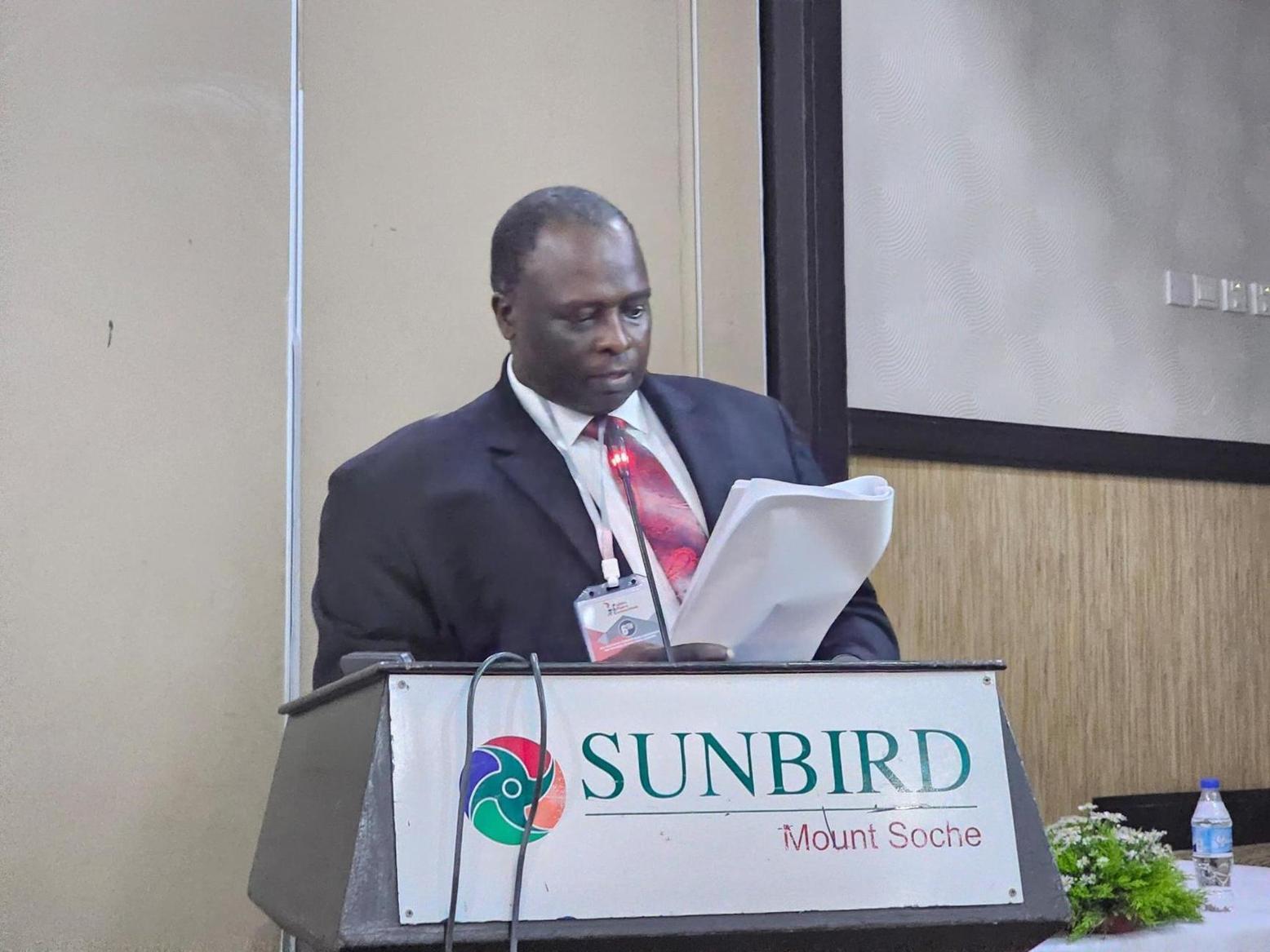Collins Mtika
Africa-Press – Malawi. Claim
Malawi is still servicing public debt dating back to the 1970s, which significantly limits the government’s ability to offer public services. This claim (archived here) was made in a news piece published by the NyasaTimes online daily on May 20, 2025.
The story quotes Reserve Bank of Malawi Governor Dr. Mafuta Mwale, who claims that Malawi is “still paying off loans acquired as far back as the 1970s,” which is “severely limiting public service delivery.” He says, “Government does not default—but this discipline has a cost. Debt is undermining everything we strive to accomplish.”
Verdict: FALSE.
Methodology
In order to assess this claim, official documentation on debt relief frameworks like the Highly Indebted Poor Countries (HIPC) Initiative was consulted, along with Malawi’s historical and current debt repayment data from the International Monetary Fund (IMF), the World Bank’s International Development Association (IDA), and the International Bank for Reconstruction and Development (IBRD). All data points were confirmed using publicly available databases and financial reports.
Evidence and Analysis
As per the IMF’s Historical Stand-By Arrangement data for Malawi, the country’s only borrowing from the IMF during the 1970s was a Stand-By Arrangement approved on October 31, 1979, totalling SDR 26.34 million, of which only SDR 5.44 million was drawn (the Special Drawing Rights (SDR) is not a currency, but its value is based on a basket of five currencies—the US dollar, the euro, the Chinese renminbi, the Japanese yen, and the British pound sterling). The entire amount drawn has been fully repaid, according to the IMF’s current outstanding credit summary for Malawi.
As of 2025, Malawi’s outstanding IMF obligations amount to approximately SDR 308.81 million, but all of these are under concessional facilities like the Extended Credit Facility (ECF), which were established after the 1970s. For instance, Malawi’s current ECF arrangement was approved in November 2023.
Malawi’s concessional borrowing from IDA and IBRD in the 1970s was erased under the terms of the HIPC Initiative and MDRI, according to the World Bank’s debt data for the country. In August 2006, Malawi achieved the HIPC completion milestone, which allowed for the complete cancellation of all eligible debt stock due to the IMF and IDA.
According to the World Bank’s MDRI factsheet, qualified nations had “all IDA debt disbursed before end-2003 and still outstanding at end-2004” waived off. This included all outstanding debts from the 1970s. As a result, Malawi no longer has any IDA or IBRD debt from the 1970s.
Conclusion
It is clearly untrue to say that Malawi is still paying back loans from the World Bank or the IMF that were taken out in the 1970s. All of these loans were either eliminated under international debt relief programmes (for the World Bank) or reimbursed (for the IMF). All of Malawi’s current debt is related to loans taken out after 2000 under contemporary concessional agreements.
References:
IMF Historical Lending Commitments: Malawi
IMF Credit Outstanding to Malawi
World Bank Debt Data – Malawi
HIPC Initiative Overview – World Bank
Fact-checked by Collins Mtika of the Centre for Investigative Journalism Malawi.
Source: Malawi Nyasa Times – News from Malawi about Malawi
For More News And Analysis About Malawi Follow Africa-Press






